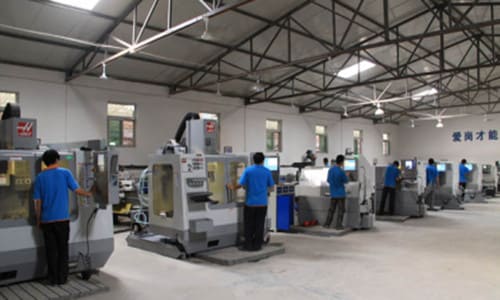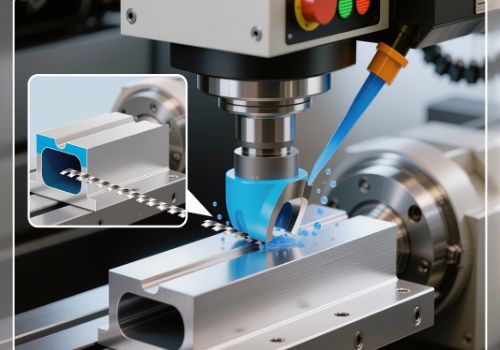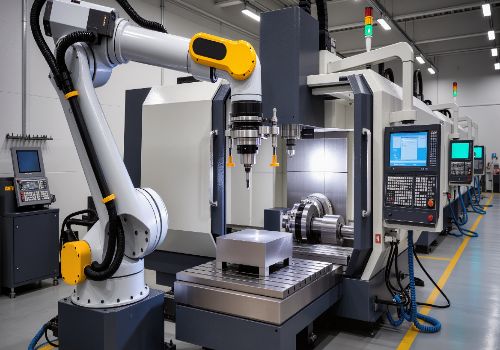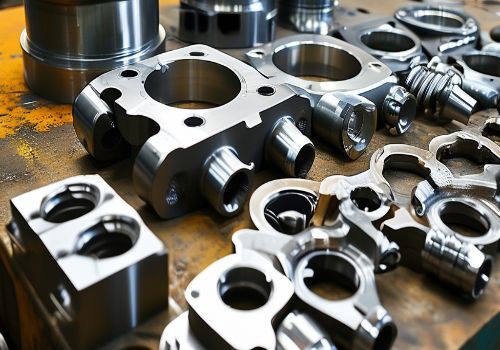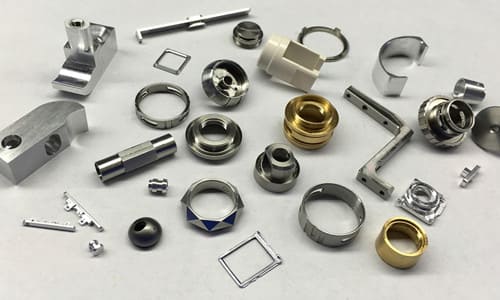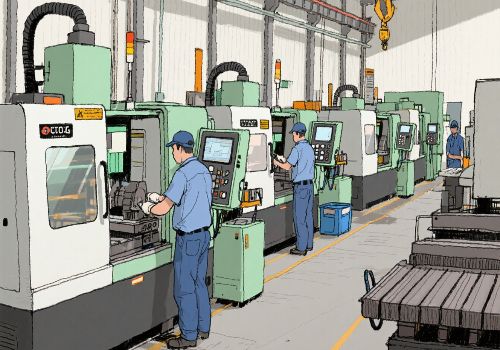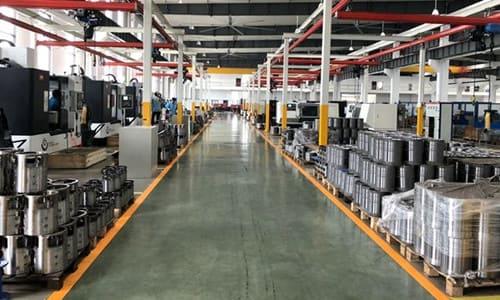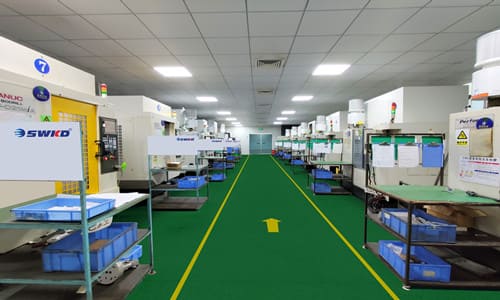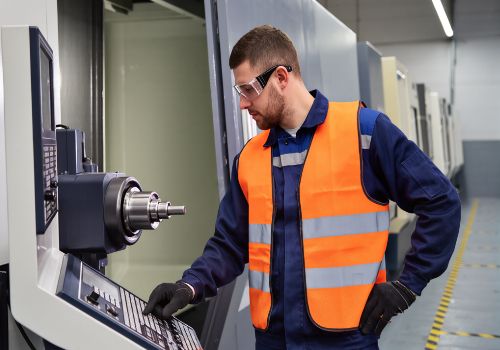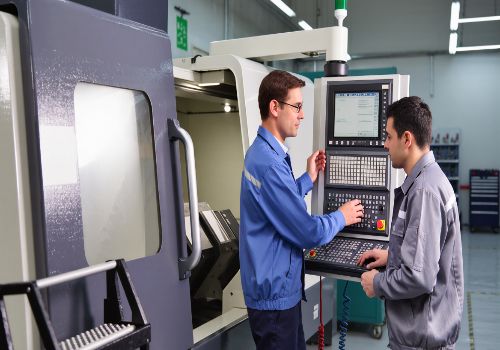Introduction: The Modern Manufacturing Dilemma
You’ve invested in state-of-the-art 5-axis machines, your team can hold tolerances that would make a metrologist smile, and your quality control is impeccable. So why is the phone so quiet? In today’s digital-first industrial landscape, exceptional craftsmanship alone is no longer enough. The most significant challenge for many CNC shops isn’t machining the part—it’s being found by the client who needs it made.
The reality is that the buyer’s journey has fundamentally changed. A design engineer with a critical prototype need doesn’t reach for the Yellow Pages; they open their laptop. 83% of B2B purchasing decisions now begin with an online search. If your shop isn’t visible at that exact moment, you’ve lost the opportunity before you even knew it existed.
This guide moves beyond generic marketing tips to deliver a strategic, actionable blueprint designed specifically for CNC machining businesses. We’ll explore how to build a powerful online presence, demonstrate your expertise authoritatively, and systematically attract the high-value clients that will grow your business for years to come.
Laying the Digital Foundation: Your Online Headquarters
Before you can launch complex campaigns, you need a solid base of operations. Your website and core online listings are your digital machine shop—they must be robust, precise, and built for performance.
Your Website: More Than a Digital Brochure
Think of your website as your 24/7 sales engineer. It must do more than just list your services; it must convince and convert. This starts with Technical SEO, the behind-the-scenes framework that search engines like Google crawl to understand your site. Ensure your website loads in under three seconds; every second of delay can increase bounce rates by 32%. Implement an SSL certificate (the “https” in your URL) not just for security, but because Google prioritizes secure sites.
Next, your content must speak the language of your ideal customers. This is where Keyword Strategy comes in. Instead of just targeting broad terms like “CNC shop,” focus on the specific phrases your clients use:
-
Solution-Based Keywords: “rapid prototyping service,” “low-volume manufacturing”
-
Specialty Keywords: “medical device machining,” “aerospace CNC machining”
-
Local Intent Keywords: “CNC machining in [Your City],” “precision machinist near me”
Each service page should be a deep dive into a specific capability, filled with descriptive text, high-quality images, and clear calls-to-action like “Request a Quote” or “Download our Material Guide.”
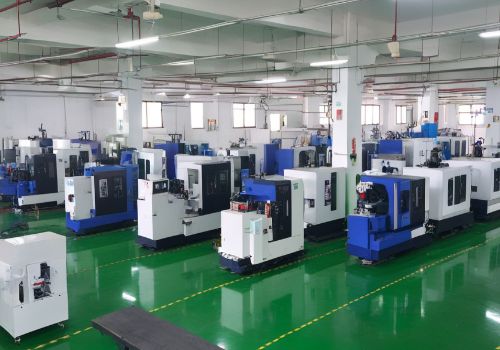
Mastering Your Google Business Profile
For local manufacturing, your Google Business Profile (GBP) is arguably as important as your website. It’s the panel that appears on the right-hand side of Google search results. A fully optimized GBP is critical for capturing “near me” searches.
To dominate your local market:
-
Complete Every Section: Fill out your hours, services, and areas served with meticulous detail.
-
Showcase Your Work: Upload high-resolution photos of your facility, team, equipment, and—most importantly—your best finished parts. A virtual tour of your shop can be incredibly powerful.
-
Actively Seek Reviews: Encourage satisfied customers to leave reviews. A shop with 20+ positive reviews will inherently be trusted more than a competitor with none. Respond professionally to every review, positive or negative, to show you are engaged.
-
Post Regularly: Use the GBP “Posts” feature like a mini-blog to share updates, new equipment arrivals, or case study highlights. This signals to Google that your business is active and relevant.
The Content Engine: Demonstrating Expertise, Not Just Listing It
Content marketing is the process of creating valuable, relevant information to attract and retain a clearly defined audience. For a CNC shop, this is where you prove you’re not just a button-pusher, but a strategic manufacturing partner.
Creating Content That Converts
Your content should answer the questions your potential clients are asking throughout their research process.
-
The Technical Deep-Dive Blog Post: Write an article titled “Designing for Manufacturability: How to Optimize Your Part for 5-Axis Machining.” This doesn’t just attract search traffic; it positions you as an expert and helps clients design parts that are easier and more cost-effective for you to produce.
-
The Compelling Case Study: Don’t just say you’re precise; prove it. Detail a challenging project: “How We Machined a Titanium Aerospace Bracket with a 0.005″ Wall Thickness.” Structure it around the client’s challenge, your innovative solution, the precise steps you took, and the measurable results (e.g., “achieved a 40% weight reduction while meeting all AS9100 standards”).
-
The Authority-Building White Paper: Create a comprehensive guide like “The OEM’s Guide to Selecting Materials for High-Stress Applications.” Offer this as a downloadable PDF in exchange for an email address, building your list of qualified leads.
The Power of Video Content
A two-minute video of your new Swiss lathe in action, cutting a complex medical component, is more impactful than a dozen bullet points about your capabilities. Video demonstrations build trust and make your expertise tangible. Consider:
-
Facility Tours: A walkthrough of your clean, organized shop with commentary on key equipment.
-
Process Explanations: A time-lapse of a part going from raw material to finished product.
-
Team Spotlights: Short interviews with your lead programmers or quality managers, humanizing your brand.
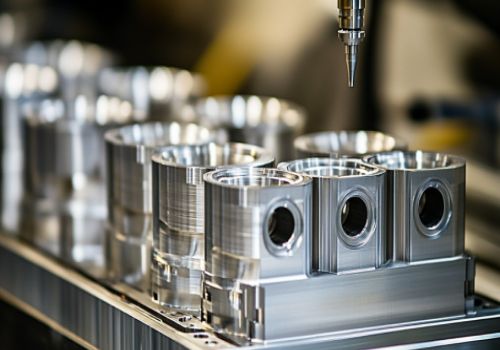
Strategic Outreach: Proactively Finding Your Ideal Clients
A strong foundation will bring clients to you, but the most successful shops also have a proactive strategy.
Leveraging LinkedIn for Industrial Networking
LinkedIn is the professional social network, making it the perfect platform for B2B manufacturing marketing.
-
Optimize Your Company Page: Treat it like a secondary website. Showcase projects, highlight team expertise, and post updates about industry trends or new capabilities.
-
Engage Strategically: Don’t just connect and pitch. Join groups like “Precision Machining Professionals” or “Aerospace Engineering Network.” Participate in discussions, share your blog articles, and provide helpful answers to questions. This builds reputation before you ever send a direct message.
-
Use Sales Navigator: This premium tool allows you to precisely filter for your ideal client profiles—e.g., “Engineering Manager at medical device companies in the Midwest with 500+ employees.”
The Targeted Approach of Paid Advertising
While organic growth is crucial, paid ads can provide an immediate pipeline boost.
-
Google Ads: Use them for high-intent keywords like “emergency CNC machining” or “custom part quote.” These users are actively ready to buy. Geo-target your ads to a radius around your shop to avoid wasting budget on un-servicable areas.
-
LinkedIn Sponsored Content: You can run ads that appear directly in the feeds of the specific job titles and industries you want to reach. A well-crafted case study promoted to “Mechanical Design Engineers” in the automotive industry can yield highly qualified leads.
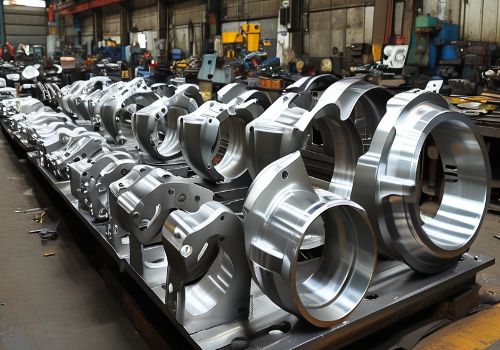
Beyond the Digital: Traditional Tactics with a Modern Twist
Digital marketing is powerful, but it shouldn’t exist in a vacuum. Integrate it with proven traditional methods.
Strategic Trade Show Participation
Instead of attending every show, be selective. Choose one or two key industry events where your ideal clients congregate.
-
Pre-Show Marketing: Use your email list and social media to announce your attendance and schedule meetings in advance.
-
Beyond the Booth Candy: Instead of just giving away pens, bring a few stunning finished parts. A physical representation of your quality is unforgettable.
-
The Follow-Up System: Have a plan to follow up with every lead within 48 hours of the show’s end. A personalized email referencing your conversation is far more effective than a mass mailing.
Building a Referral Engine
Your happiest customers are your most powerful salespeople.
-
Create a Formal Program: Don’t leave referrals to chance. Develop a simple program that incentivizes past clients, design firms, or material suppliers to refer new business to you. This could be a discount on future work, a gift card, or a simple thank-you package.
-
Make it Easy: Provide your partners with a one-page PDF that clearly explains your specialties and who your ideal client is, so they know exactly who to refer.
Conclusion: Machining Your Marketing Success
Effective marketing for a CNC shop is not a one-off project; it’s a continuous process of refinement and engagement, much like the work you do on the shop floor. It requires investing the same level of precision, strategy, and quality into your outreach as you do into your machining.
Start by auditing your current digital foundation. Is your website fast, secure, and filled with compelling content? Is your Google Business Profile complete and active? Choose one or two strategies from this guide—perhaps starting with a detailed case study and optimizing your GBP—and execute them flawlessly. Consistent, focused effort compounds over time, transforming your shop from a best-kept secret into the obvious choice for your ideal clients.
Ready to turn your machining expertise into a steady stream of qualified leads? Contact us today for a free, no-obligation marketing assessment of your CNC shop. Our team specializes in helping manufacturers like you build dominant online presence and predictable growth.

